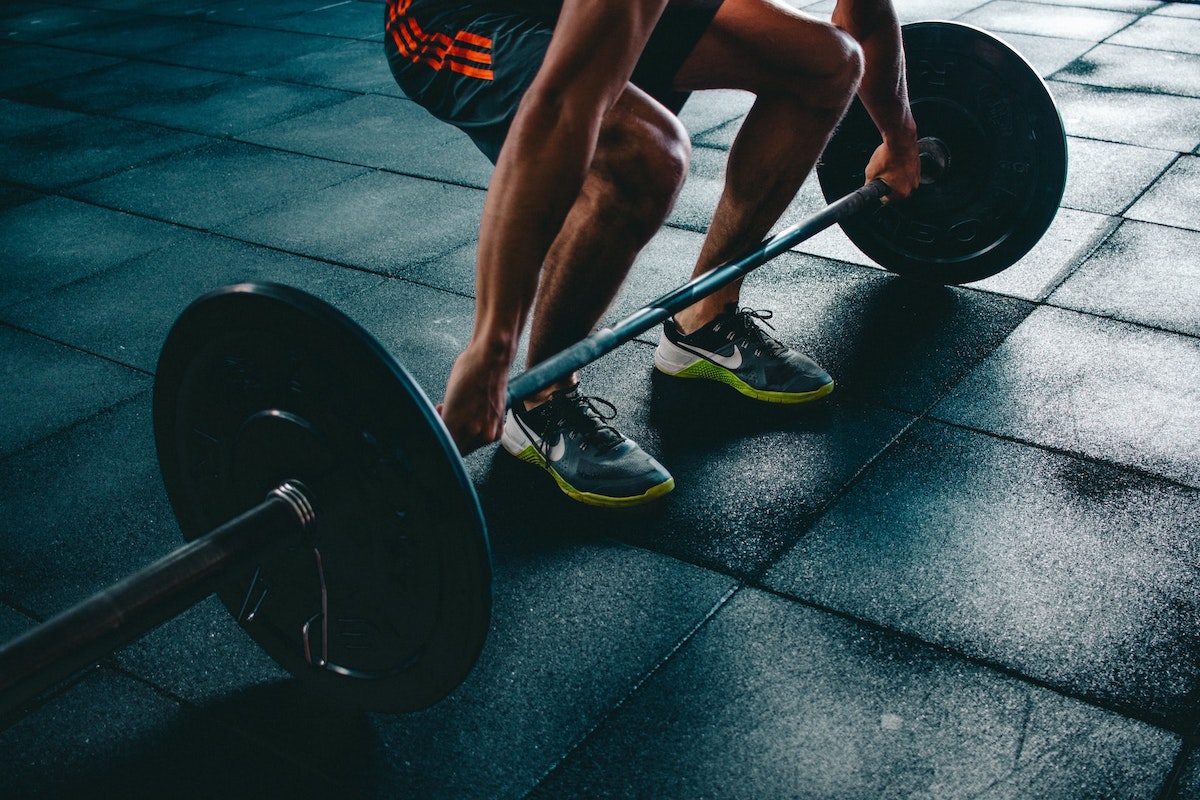No matter if you’re just beginning in the gym or have years of experience under your belt, choosing the correct shoes makes a huge difference.
Unfortunately, choosing the wrong footwear can lead to sore feet, blisters, and subpar performance. Fortunately, we’ve curated a collection of workout footwear that will keep your feet comfortable and supportive throughout your sessions.
Footwear for Women
No matter your level of fitness, finding the best workout shoes is key to getting the most out of your training. Wearing inappropriate footwear (e.g., running sneakers while strength training) can put undue strain on your feet and ankles, leading to pain or injury.
To help you find the ideal footwear for your specific needs, we asked fitness professionals such as podiatrists and physical therapists to share their favorite pairs of workout shoes that keep feet supported and comfortable during every exercise session. They have curated the top choices for runners, lifters, and cyclists – plus stylish transition shoes that can take you from the gym to errands in style!
According to New York City-based podiatrist Chanel Perkins, DPM, an ideal workout shoe should provide cushioning, support, breathability, and flexibility while being durable enough for rigorous plyometrics and high intensity interval training (HIIT) exercises. Furthermore, it should have traction – essential for squats and lunges – for maximum success.
If you’re searching for a neutral, cushioned shoe that supports arches and provides ample grip when weightlifting, look no further than New Balance Fresh Foam X 880v12. It fits narrow to extra-wide feet thanks to its blend of softness and responsiveness, plus it has plenty of grip to perform box jumps or front squats with ease.
For those looking for footwear for Women specifically, we recommend the Asics Gel-Venture 7. This shoe is designed for off-road running, yet it’s still lightweight and durable enough for HIIT workouts. Plus, its cushioned midsole provides support and comfort for your feet during each workout.
Best Training Shoes for Men
CrossFitters or those just looking to add some extra cardio to their workout should find the correct shoes for them. Shoes that are too tight or loose can ruin the experience and even lead to injury.
Thankfully, there are plenty of top-of-the-line options that will give you all of the comfort and support to reach your training objectives. These gym trainers are designed to enhance strength and endurance with ease so that each session yields maximum benefit.
Hoka One One X1 Training Shoes are designed to keep you stable under heavy loads. They boast a high-density midsole that locks in, along with a lace and strap combination for secure fitting.
Another option is the Reebok Nanoflex TR, designed specifically for cardio and weightlifting. They boast plenty of Floatride Energy Foam cushioning that absorbs shock during box jumps or squats.
Finally, for something more minimalist, check out the WHITIN Cloud X. With over 14,000 5-star reviews, these shoes boast excellent flexibility and a wide toe box perfect for rucking or CrossFit exercises. No matter what your training style is, you’re sure to find the best training shoes for men.
Find the Right Fit
A quality pair of workout shoes will provide the comfort and support you need during your exercises. Not only will they complement your style, but they’ll also keep you on the path toward a healthier, injury-free lifestyle.
The initial step in finding the ideal shoe size is taking measurements of your feet and consulting a shoe store’s size chart for accuracy. Once you know your size, taking these precautions will guarantee an ideal fit.
Once you’ve determined your size, try on several pairs to confirm. This is especially crucial if shopping online as it can be difficult to judge size from a computer screen.
Another helpful tip is to leave room in your toe box for them to splay out slightly. Doing this allows your feet to absorb more impact when running than if they were too tightly packed into the front of the shoe.
Additionally, test the shoes out by walking around in them to make sure they’re comfortable and don’t cause blisters on the ball of your foot or between your toes. Finally, try on the shoes in different positions and at different times of day to assess how they feel on various surfaces.
Image Credit: Photo by Victor Freitas on Unsplash


